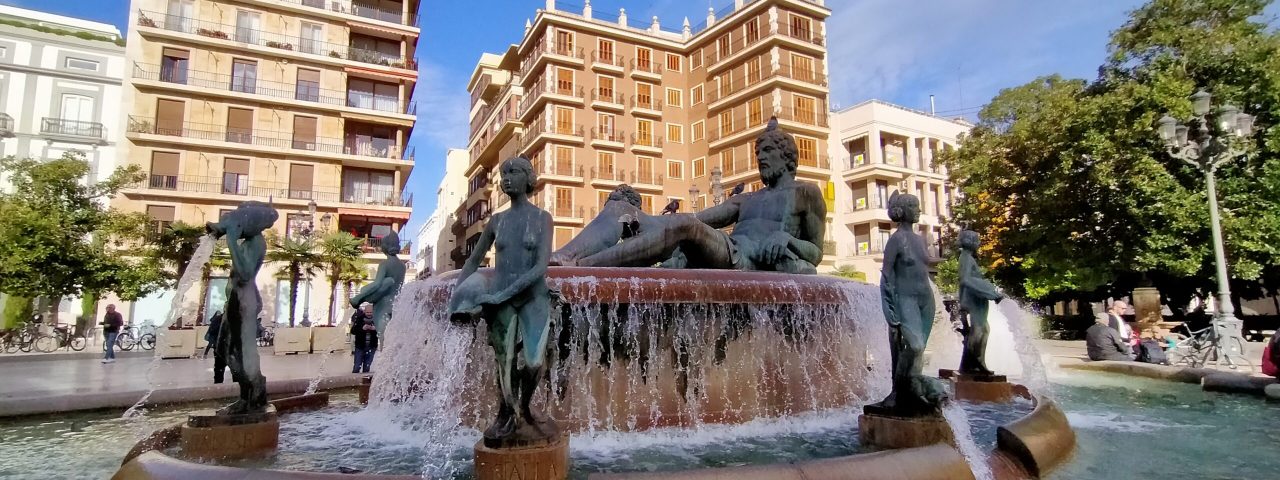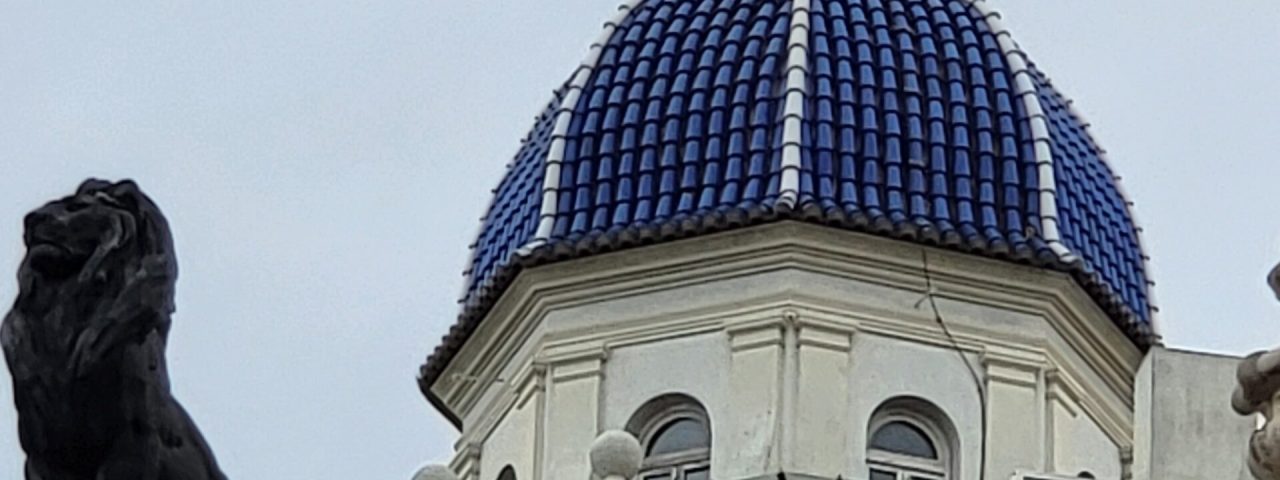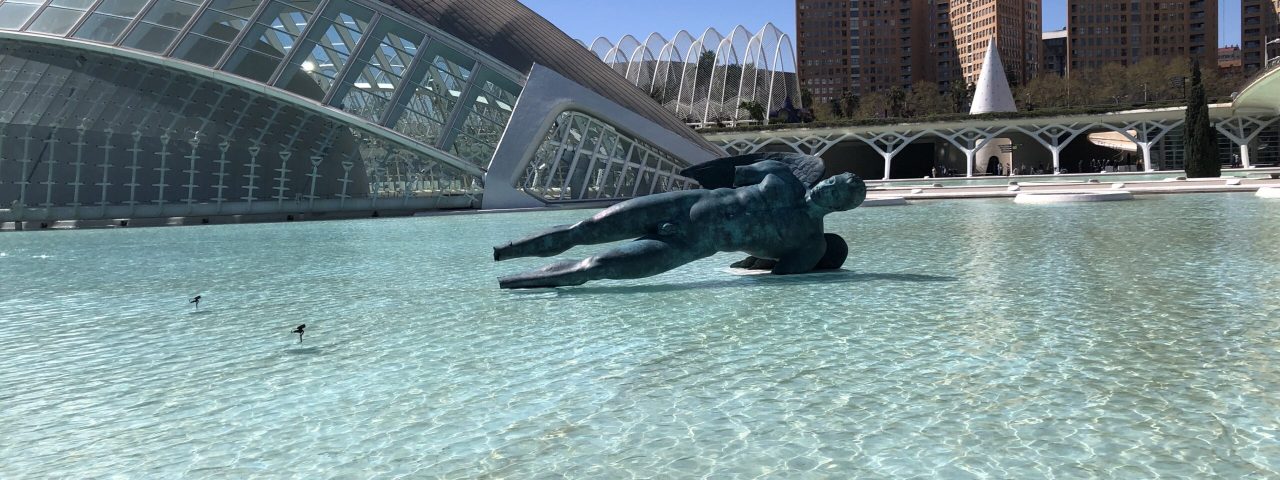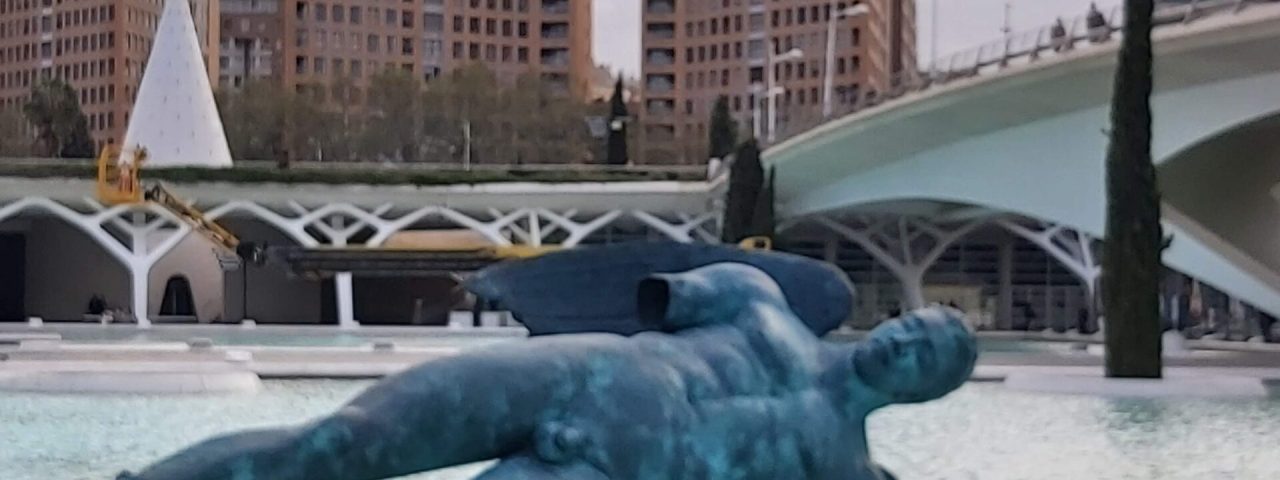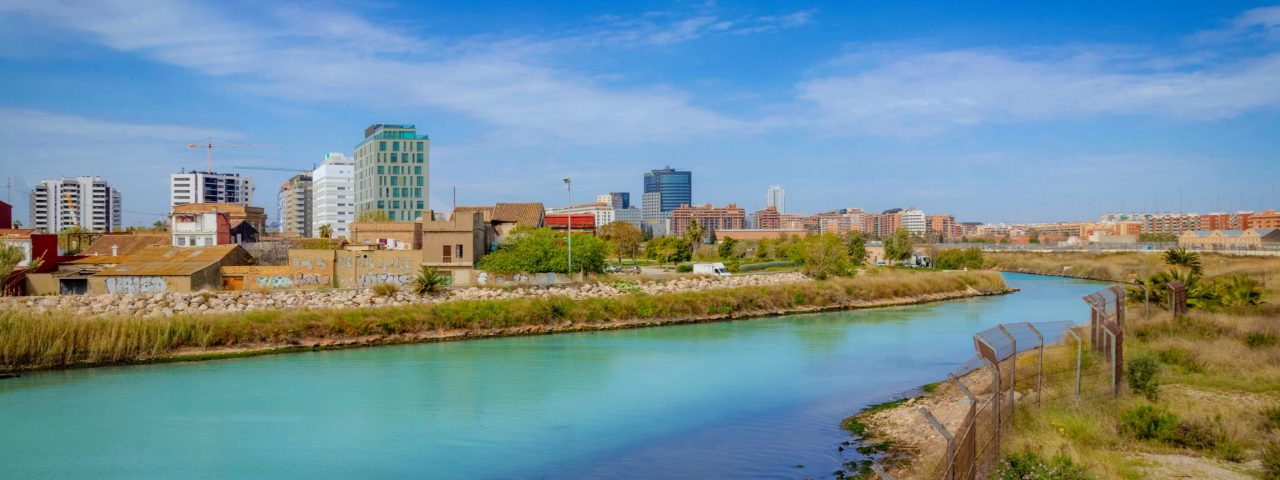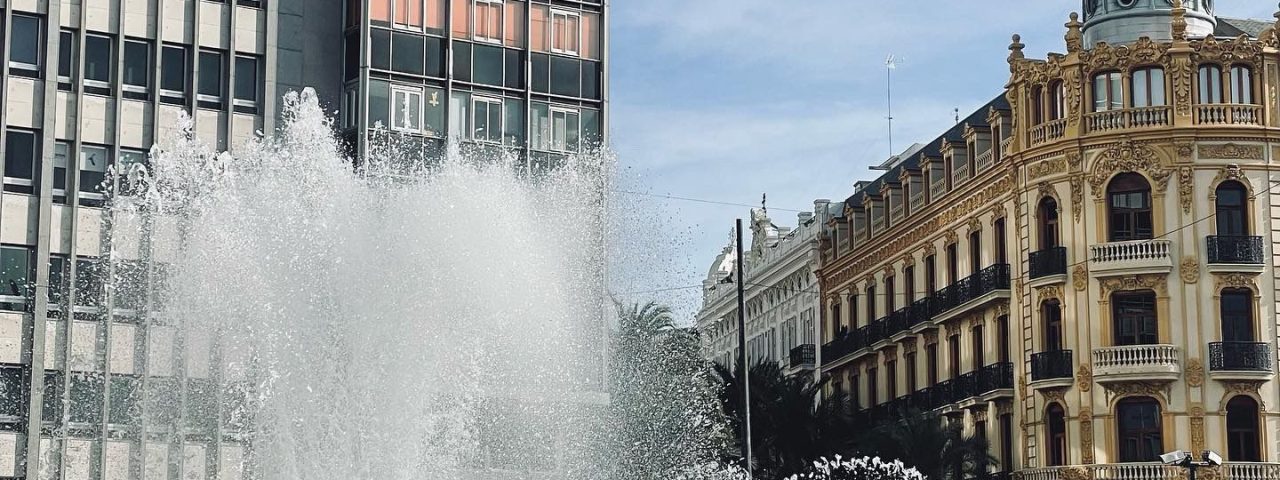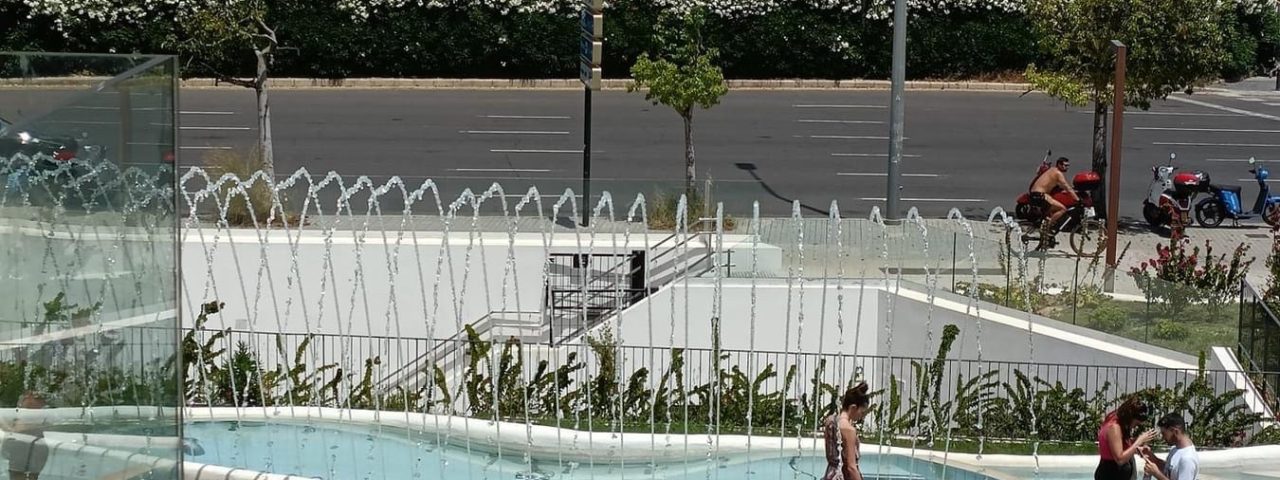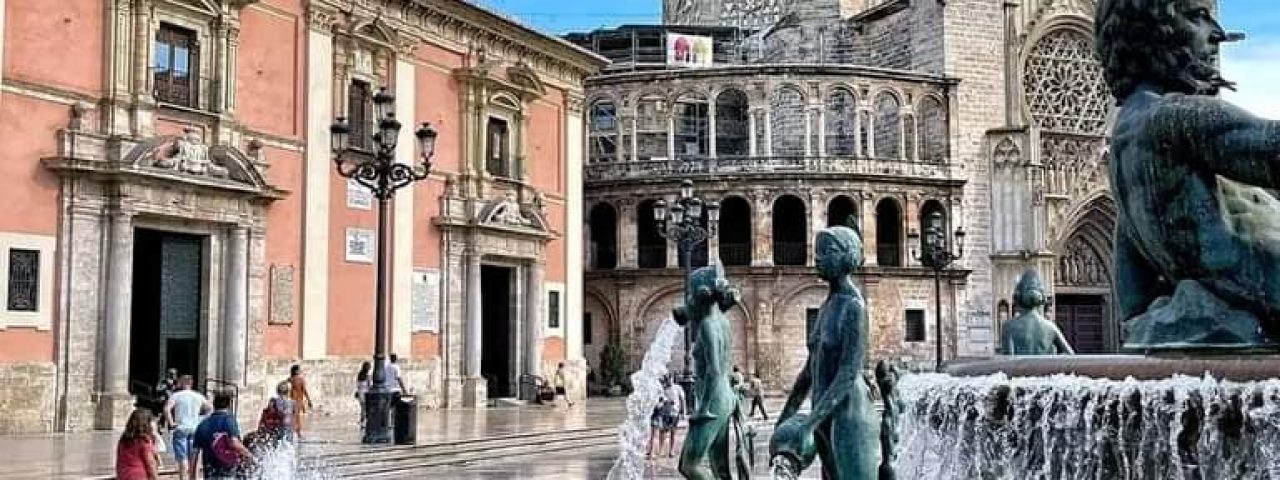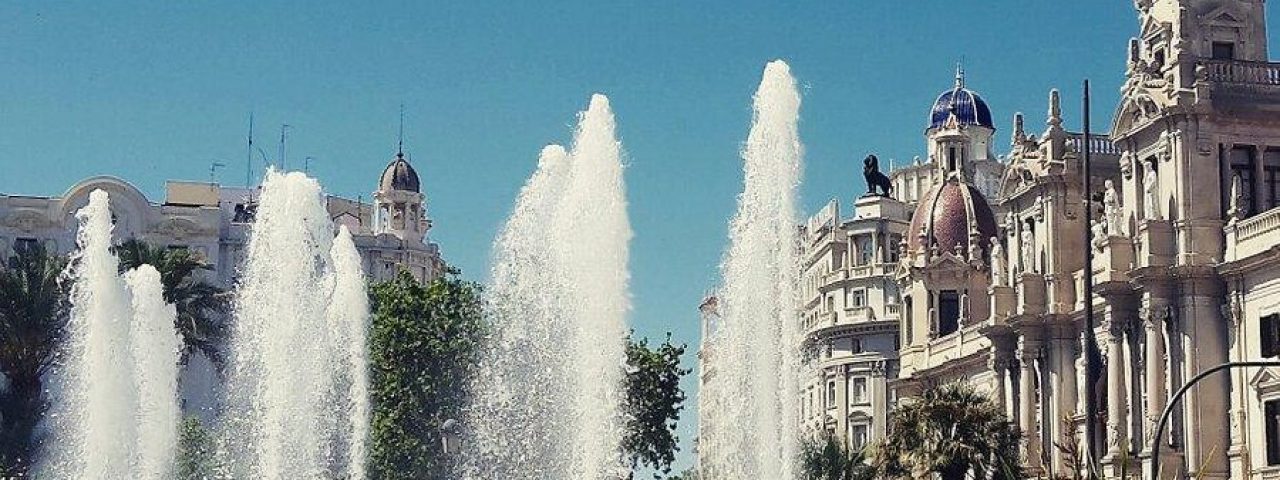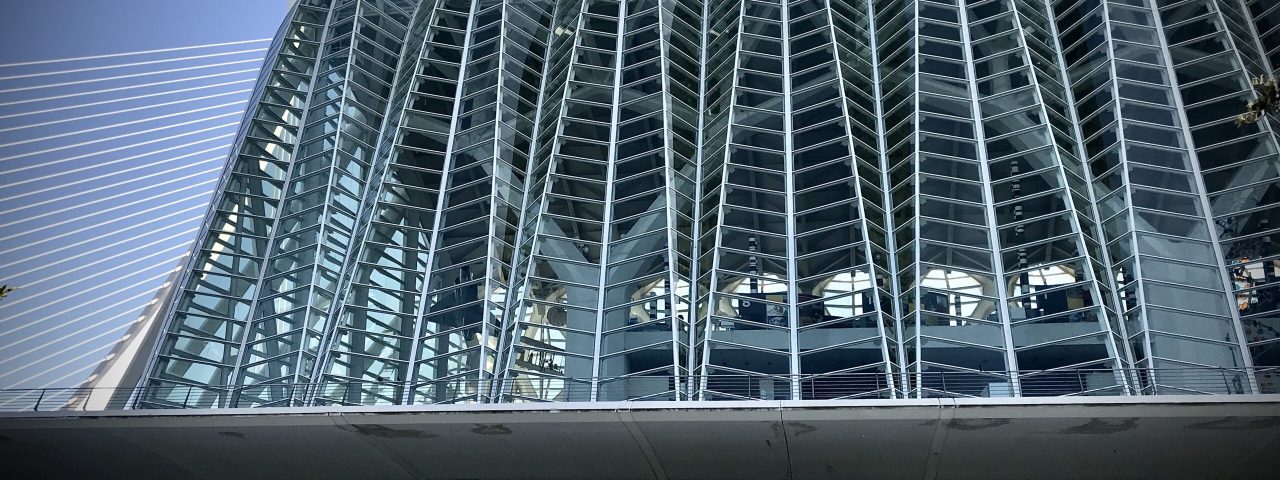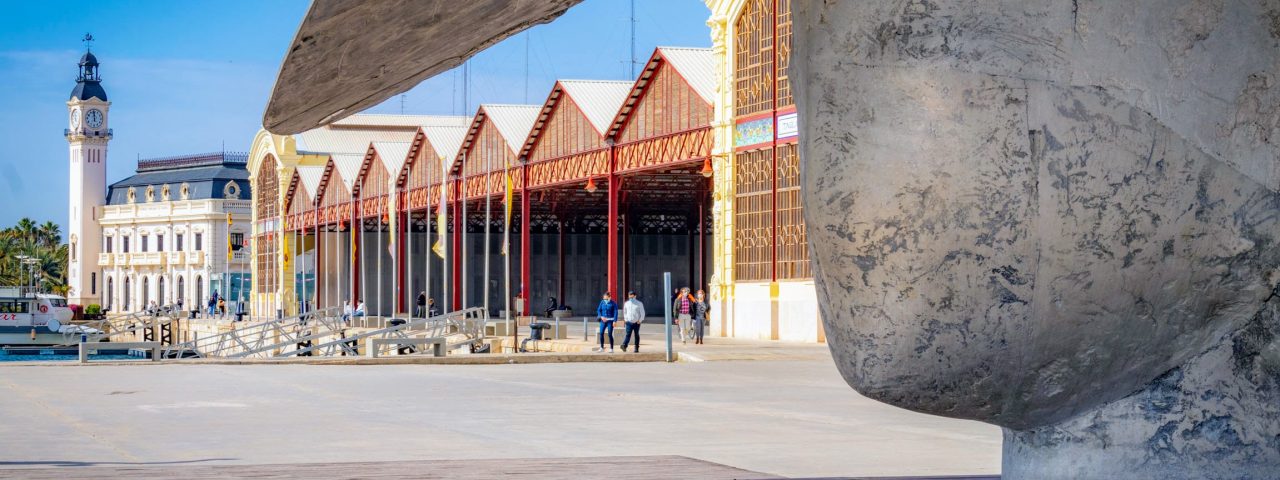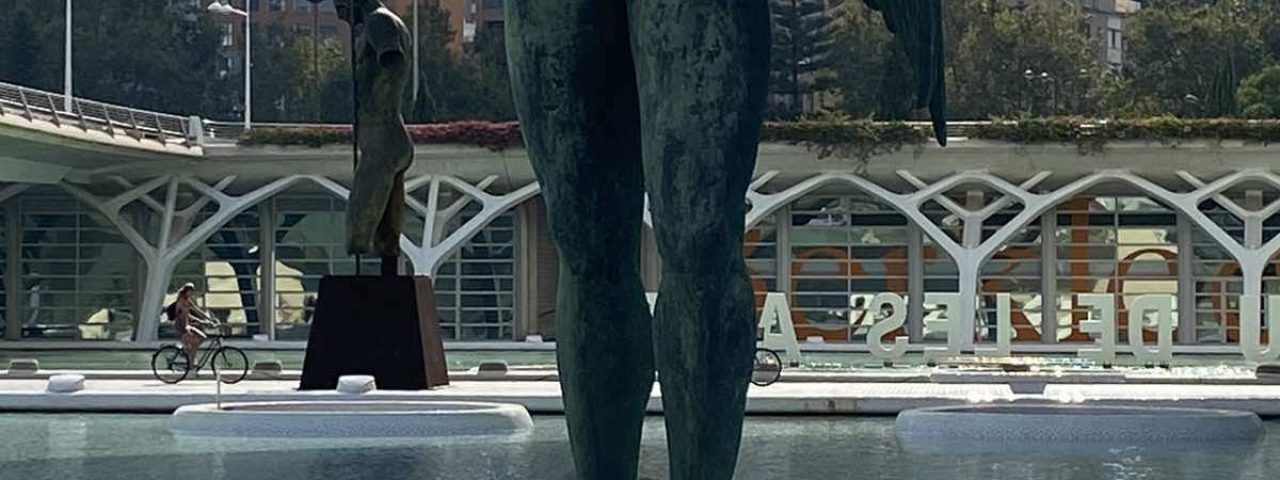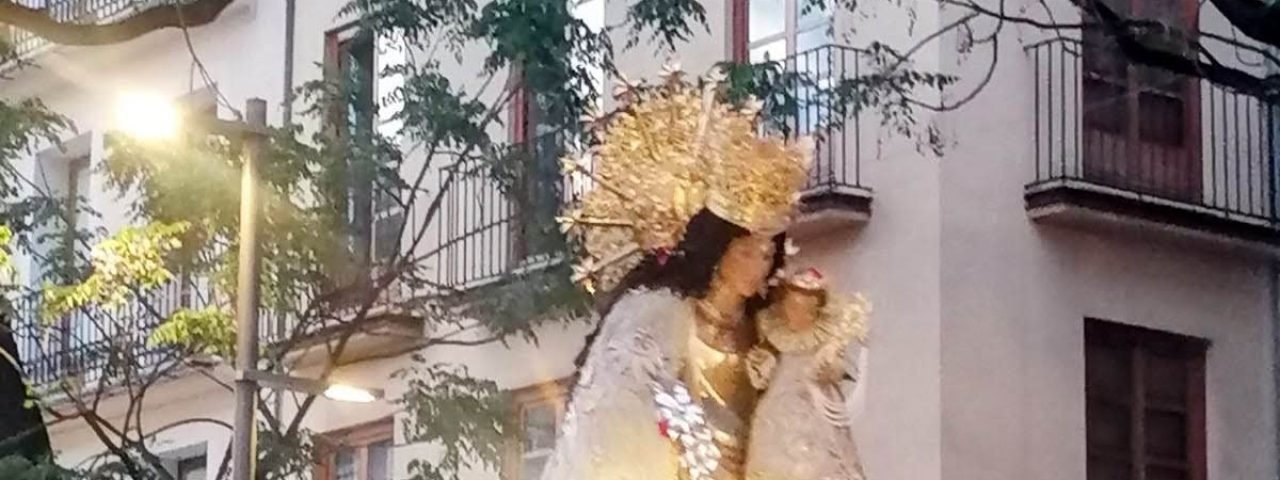:::::Quick overview:::::
The Province of Valencia, nestled within Spain’s vibrant Valencian Community, is a captivating destination that seamlessly blends Mediterranean charm with world-class infrastructure—making it an ideal spot for tourists, event organizers, and cultural enthusiasts alike. From sun-soaked beaches to historic quarters, Valencia offers both relaxation and inspiration. Its cosmopolitan atmosphere, coupled with a deep-rooted cultural identity, appeals to a wide range of visitors looking for memorable experiences.
Whether you’re planning a corporate retreat, an international festival, or a family getaway, the province’s varied landscapes, from bustling urban centers to serene coastal towns, create an exceptional setting for any occasion. With a mild Mediterranean climate, year-round sunshine, and a dynamic local population, the region is not only welcoming but also exceptionally well-equipped for hosting events and visitors from across the globe.
The capital city, Valencia, serves as a cultural and logistical hub, with its iconic City of Arts and Sciences, large-scale event venues, and international airport. But beyond the capital, the province boasts charming inland villages, traditional markets, and natural parks that offer a taste of authentic Spanish life—perfect for those seeking both adventure and authenticity.
:::::Geographical Location and Climate:::::
The Province of Valencia is located along the eastern coast of Spain, bordered by the Mediterranean Sea to the east. This coastal positioning grants it a stunning array of beaches, coves, and seaside promenades that stretch for kilometers, attracting beachgoers and water sports enthusiasts. Inland, the province rises into gentle hills and mountainous terrain, with natural parks like the Sierra Calderona providing a scenic contrast to the coastal lowlands.
Valencia city is well-situated, lying approximately halfway between Barcelona and Alicante, and within easy reach of Madrid via high-speed rail. The province also includes important towns like Gandia, Xàtiva, and Requena, each contributing its own cultural and geographical flavor. The nearby Turia River, which has been transformed into a green urban park in the city of Valencia, is a central geographical and cultural landmark.
The region enjoys a classic Mediterranean climate, characterized by hot, dry summers and mild winters. With over 300 days of sunshine per year, the best times to visit are spring (April to June) and autumn (September to early November), when the weather is pleasant, and the crowds are fewer. However, the province remains a popular destination year-round, especially for events, festivals, and beach tourism.
:::::History and Culture:::::
The history of the Province of Valencia spans millennia, with influences from Iberians, Romans, Moors, and Christians all leaving their mark. Valencia city was founded as a Roman colony in 138 BC and later became a thriving Moorish stronghold before being reconquered by Christian forces in the 13th century under King James I of Aragon. This blend of civilizations has produced a rich architectural and cultural heritage still visible today.
Culturally, Valencia is renowned for its vibrant festivals and traditions. The most famous of these is Las Fallas, a spectacular annual event in March featuring massive sculptural monuments, fireworks, and traditional dress. Other notable traditions include the Tomatina (in nearby Buñol), the Moors and Christians parades, and a strong local identity tied to the Valencian language, a co-official language along with Spanish.
The province’s customs also reflect a strong sense of community and regional pride, seen in everything from local fiestas to artisan crafts. Iconic historical landmarks include the Valencia Cathedral, the Silk Exchange (La Lonja de la Seda)—a UNESCO World Heritage site, and the Castle of Xàtiva, each telling part of the story of this diverse and dynamic region.
:::::Architecture and Attractions:::::
Valencia’s architectural landscape is a stunning juxtaposition of the ancient and the avant-garde. The city is home to Roman ruins, Gothic churches, Renaissance palaces, and ultramodern structures. One of the most emblematic modern sites is the City of Arts and Sciences, a futuristic complex designed by Santiago Calatrava that houses a science museum, planetarium, aquarium, and performance hall.
In contrast, the old town (El Carmen) showcases narrow medieval streets, the Torres de Serranos and Torres de Quart (15th-century watchtowers), and the lively Central Market, one of the largest and most beautiful in Europe. Other highlights include the Albufera Natural Park, a freshwater lagoon south of the city that’s ideal for birdwatching and boat rides.
Outside the capital, attractions abound: the Gandia Ducal Palace, Sagunto’s Roman Theater, and the wine-producing town of Requena with its underground caves and cellars. Beaches like Playa de la Malvarrosa and Cullera offer family-friendly escapes, while hiking routes in Sierra de Mariola or Sierra Calderona appeal to nature lovers.
:::::Economy and Key Industries:::::
The economy of the Province of Valencia is diverse and dynamic, with key sectors including tourism, agriculture, manufacturing, and logistics. Tourism plays a crucial role, supported by both coastal resorts and cultural tourism in historic towns and the capital city. The region is also a center for trade fairs and congresses, drawing thousands of business travelers each year.
Valencia has a long-standing tradition in agriculture, particularly the cultivation of citrus fruits, such as oranges and mandarins, which are exported worldwide. Rice farming is also significant, especially around the Albufera, and supports the province’s celebrated paella culture. The ceramics industry in places like Manises and the production of furniture and textiles in smaller inland towns further boost the local economy.
Emerging sectors such as technology, renewable energy, and logistics have also gained ground, thanks to initiatives in urban innovation and a strong transportation infrastructure that includes one of Spain’s busiest commercial ports—Port of Valencia.
:::::Local Cuisine:::::
The culinary identity of Valencia is rooted in Mediterranean tradition, with a strong emphasis on fresh, locally-sourced ingredients. The province is internationally renowned as the birthplace of paella, a saffron-flavored rice dish traditionally made with rabbit, chicken, and green beans, though seafood variations are also popular. The region’s rice culture supports other dishes like arròs negre (rice with squid ink) and arròs al forn (oven-baked rice).
Valencia’s markets—like the Mercado Central—are a paradise for food lovers, offering everything from fresh produce and seafood to artisan cheeses and cured meats. Other regional specialties include fideuà (a noodle-based seafood dish), horchata de chufa (a sweet drink made from tiger nuts), and turrón (a nougat-like confection popular during the holidays).
From traditional taverns to Michelin-starred restaurants, the province boasts a rich and varied dining scene. Notable food festivals include the Gastronomic Week of Cullera, and events dedicated to paella and other regional dishes are held throughout the year.
:::::Transportation and Accessibility:::::
Valencia is easily accessible by air, land, and sea. Valencia Airport (VLC) connects the province to major European and domestic destinations, and it’s just 8 km from the city center. The AVE high-speed train links Valencia to Madrid in less than two hours, while regional and commuter trains serve smaller towns and coastal resorts.
The province also benefits from an extensive highway network, with the AP-7 motorway running along the Mediterranean coast and connecting Valencia to Barcelona and Alicante. Buses run regularly between towns and cities, and local public transportation in Valencia includes a modern metro system, tram lines, and bike-sharing programs, making urban mobility convenient and eco-friendly.
Valencia’s port is one of the busiest in Spain and welcomes cruise ships, cargo vessels, and ferries. For visitors arriving by sea or planning coastal excursions, the port offers both international connections and marina services.
:::::Event Opportunities and Venues:::::
The Province of Valencia is an outstanding location for hosting events, from business conferences to cultural festivals and sporting competitions. Valencia city is home to multiple high-capacity venues, including the Feria Valencia (one of the largest exhibition centers in Spain), the Palau de les Arts Reina Sofia (an architectural icon and performing arts center), and the Palau de la Música.
Outdoor spaces like Turia Gardens, beaches, and historical plazas provide unique settings for open-air events, music festivals, and art installations. Traditional venues such as La Lonja de la Seda and old monasteries or castles offer romantic and historically rich environments for weddings and private events.
Annual events like Las Fallas, Valencia Fashion Week, MotoGP at the Ricardo Tormo Circuit, and numerous food and wine festivals attract international audiences. Hotels like Hotel Balneario Las Arenas, The Westin Valencia, and Hotel SH Valencia Palace offer excellent accommodations and business facilities for guests and delegates.
:::::Population and Demographics:::::
The Province of Valencia is home to around 2.6 million people, with the capital city accounting for over 800,000 of those. It is the third most populous province in Spain, reflecting a dynamic mix of urban and rural populations. The population is predominantly Spanish, but the region is increasingly diverse due to a significant influx of residents from other parts of Europe, Latin America, and North Africa.
Many locals are bilingual in Spanish and Valencian, reflecting the region’s cultural autonomy and linguistic pride. The province has a relatively young population in urban centers and a more aging demographic in rural areas, though many towns are seeing a rejuvenation thanks to digital nomads and returning expatriates.
:::::Current Trends or Developments:::::
Valencia province is currently undergoing a period of cultural and urban renewal. Initiatives such as Valencia Capital Verde Europea 2024 (European Green Capital 2024) highlight its commitment to sustainability and eco-tourism. New infrastructure projects focus on improving public transport, expanding green spaces, and supporting pedestrian-friendly urban areas.
The city has embraced smart city technologies, including app-integrated public services, traffic flow optimization, and digital tourism guides. Rural areas are benefiting from efforts to combat depopulation, including incentives for remote workers and investment in rural broadband.
The creative industries are also flourishing, with new art galleries, co-working spaces, and cultural programs supporting a vibrant community of designers, artists, and tech entrepreneurs—making the province not just a destination, but a lifestyle choice.
- Alacuás
- Albal
- Alberique
- Alboraya
- Alcira
- Aldaya
- Alfafar
- Algemesí
- Alginet
- Almusafes
- Benaguacil
- Benetúser
- Benifayó
- Bétera
- Buñol
- Burjasot
- Canals
- Carcagente
- Carlet
- Catarroja
- Cheste
- Chiva
- Cullera
- Gandía
- Godella
- La Eliana
- Liria
- Manises
- Masamagrell
- Masanasa
- Meliana
- Mislata
- Monserrat
- Oliva
- Onteniente
- Paiporta
- Paterna
- Picaña
- Picasent
- Puzol
- Rafelbuñol
- Requena
- Sagunto
- Sedaví
- Silla
- Sueca
- Tabernes Blanques
- Tabernes de Valldigna
- Torrente
- Utiel
- Villamarchante
